HoLEP: Holmium Laser Surgery
This is a procedure carried out in an effort to improve your urinary flow which in turn helps with other symptoms such as urinary frequency, urinary urgency, and getting up at night. The middle part of the prostate gland is removed as opposed to a radical prostatectomy where the entire prostate is removed in an effort to cure prostate cancer.
Procedure
The operation is carried out under general anaesthetic at Grace Hospital. You will be admitted on the morning of the surgery.
It is important you have nothing to eat or drink for at least six hours prior to your operation.
The procedure is performed via the urethra. Once you are asleep, intravenous antibiotics are given and a telescope is passed through the urethra and into the bladder. The prostate sits just before the entrance to the bladder. The laser is used to carefully enucleate the middle part of the enlarged prostate of its capsule. The enucleated fragments are then pushed into the bladder and cut into tiny pieces and flushed out using a special instrument called a morcellator. A catheter tube will be placed and usually remains in for 1 to 2 nights.
The length of the procedure depends on the size of the prostate but generally takes around 1 hour. Hospital stay is usually 1 - 2 nights. Because the operation is done entirely through the urethra there is no wound and there are no sutures.
Videos:
Post Procedure
Most patients feel pretty good and are able to receive visitors within 3 hours of the operation finishing.
- Depending on the size of the prostate, your bladder may need to be irrigated overnight with fluid to prevent the formation of blood clots.
- Many men experience a sense of urinary urgency and a feeling that the bladder is full despite the presence of a catheter. This is very common and is due to the balloon which holds the catheter in making your bladder think that needs to go. Medications can be given which help with this.
- The catheter is usually removed at 6a.m. in the morning after surgery. Once you have passed sufficient urine you will be able to go home. It is quite common when you first start voiding that you have very little control over your bladder. You may have quite a lot of urgency and frequency and sometimes you may not make it to the toilet in time. This is a result of your bladder still thinking that it has to push hard in order to empty. The problem can be quite marked on the first 3 or 4 days post operatively but it generally resolves quite quickly after this although there are some patients that will need medication to control their bladder while it does settle.
- About 25% of patients will not void immediately following the removal of the catheter. If this is the case, a catheter will be placed and left in for a few further days .
Our specialist continence nurses will visit you post operatively and be a first point of contact if you should have any problems or questions.
Potential Intra-operative Complications
All surgical procedures are associated with some risk. General risks include that of urine infection blood clot formation and pneumonia but in practice these are rare.
The specific risks relating to laser prostatectomy are outlined below:
- The main potential intra-operative complication is the risk of significant blood loss requiring a blood transfusion. The laser has the property of being very haemostatic and risk of blood transfusion, even with a very large prostate, is less than 1%. Particularly with larger prostates there is a risk of the morcellator catching the edge of the bladder wall when it is supposed to be fragmenting the resected prostate. This is uncommon, occurring in less than 1% of cases and usually of no significance.
Post-operative Complications
The three main risks following this procedure are retrograde ejaculation, scar formation, and urinary incontinence. The procedure has no effect on erectile function.
Retrograde ejaculation
This is an almost invariable consequence of the procedure. As part of the operation, the neck of the bladder is cut and this means that when you ejaculate, instead of the semen coming out of the urethra it goes backwards into the bladder. Nearly all men will notice a reduction or absence of seminal fluid with ejaculation. This is not dangerous but does make it difficult to father children and if you are considering having more children you should delay prostate surgery.Scar formation
Any urethral instrumentation, including simple catheterisation, can lead to scarring. The scar can be in the urethra itself or at the level of the bladder neck. The overall risk is less than 5%. If you do develop scarring then further surgery may be required in order to sort this out.Incontinence
Normal continence is controlled by a circular muscle that surrounds the urethra (external urethral sphincter). This muscle is closely associated with the apex of the prostate and it is possible to damage it with laser surgery. The position of the sphincter is usually easy to identify and in practice, the risk of long-term incontinence is low, only in the order of about 1-2%.
Return to Work
This depends on your job. Those with a heavy physical job may need to take 3 or 4 weeks off because heavy exertion can result in bleeding from the prostate. This is not dangerous but it is very unpleasant to pass blood clots and if you are unlucky these can block the bladder off completely.
If you have a more sedentary job you may be able to go back to work after 1 week. As outlined above however, many patients get quite marked urgency and frequency up to 3 weeks following the operation and it may pay to be close to a toilet at this time!
Follow Up
The removed prostate fragments will be examined by the pathologist to check for cancer and we will let you know the results as soon as we have them. This is usually within two weeks postoperatively.
We we usually see you back with a flow rate at about 6 weeks postoperatively.
Holmium Laser Surgery for Enormous Prostates
Some men are bigger than others, and this also applies to the prostate. HoLEP is an excellent technique for all prostates, but it really comes into its own for the treatment of the very large prostate (greater than 150g).
When compared to other techniques, the surgery is less invasive, there is less bleeding with a much lower chance of needing a blood transfusion and hospital stay. We have extensive experience in treating the very large prostate and are often referred patients from other centres because of this expertise.




